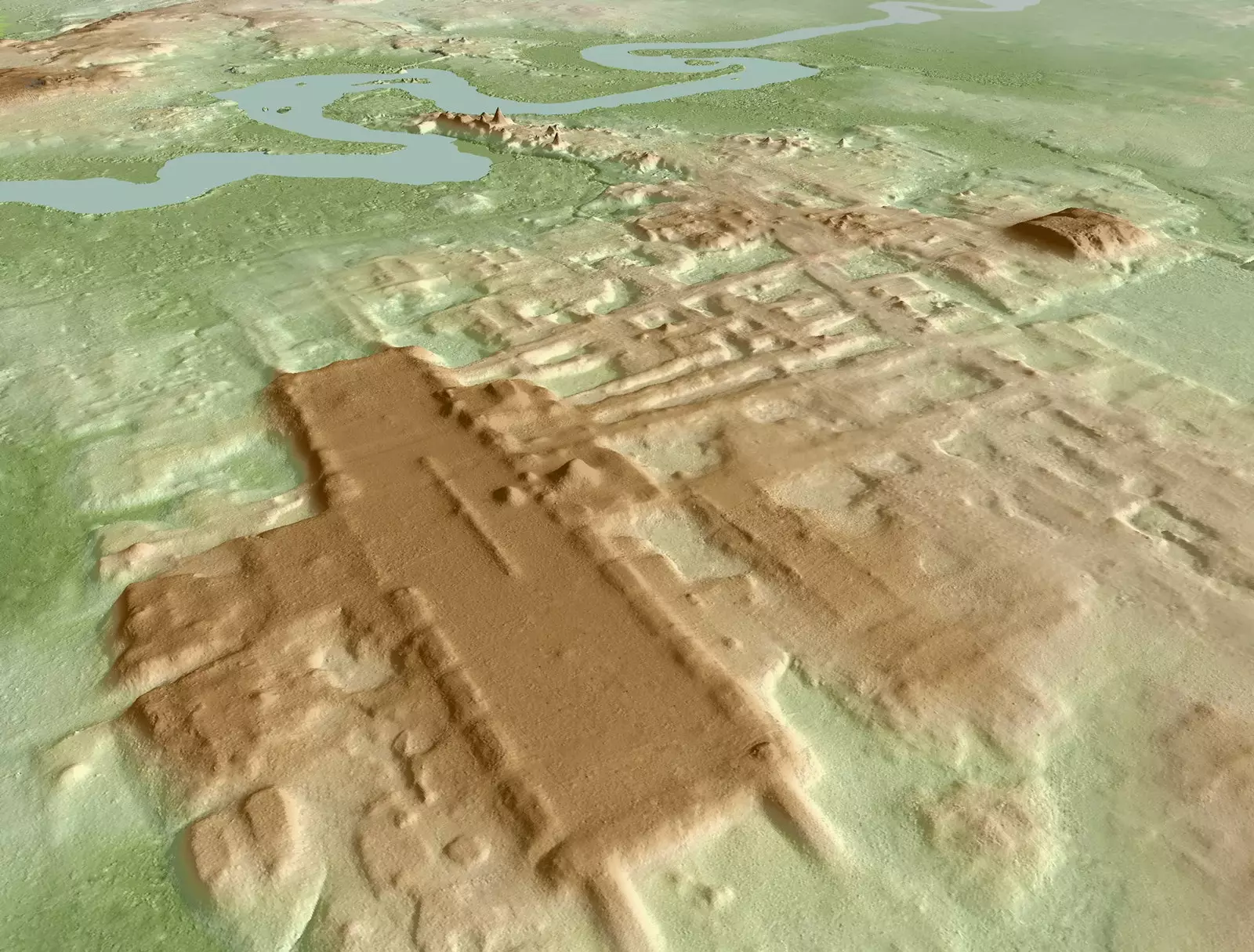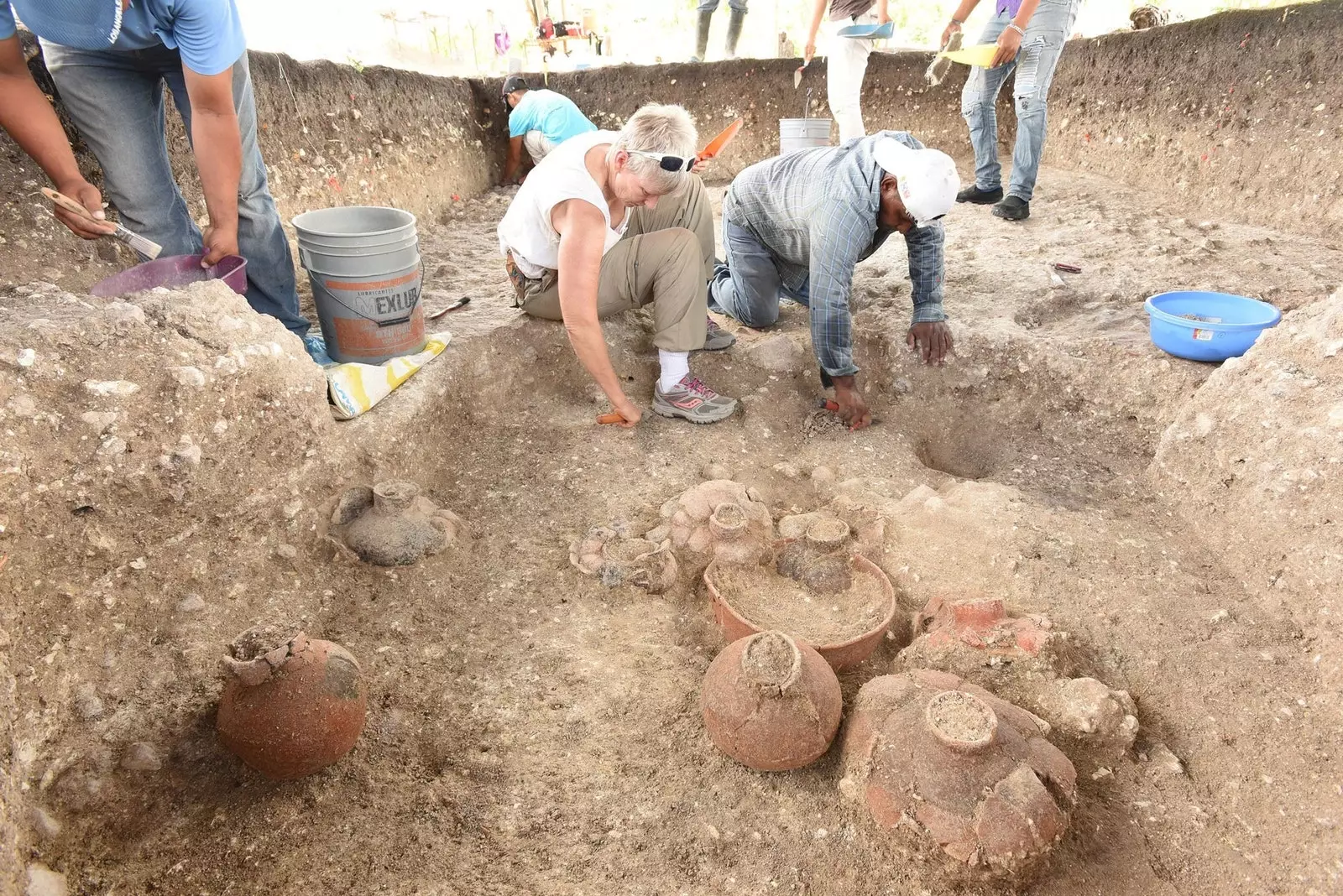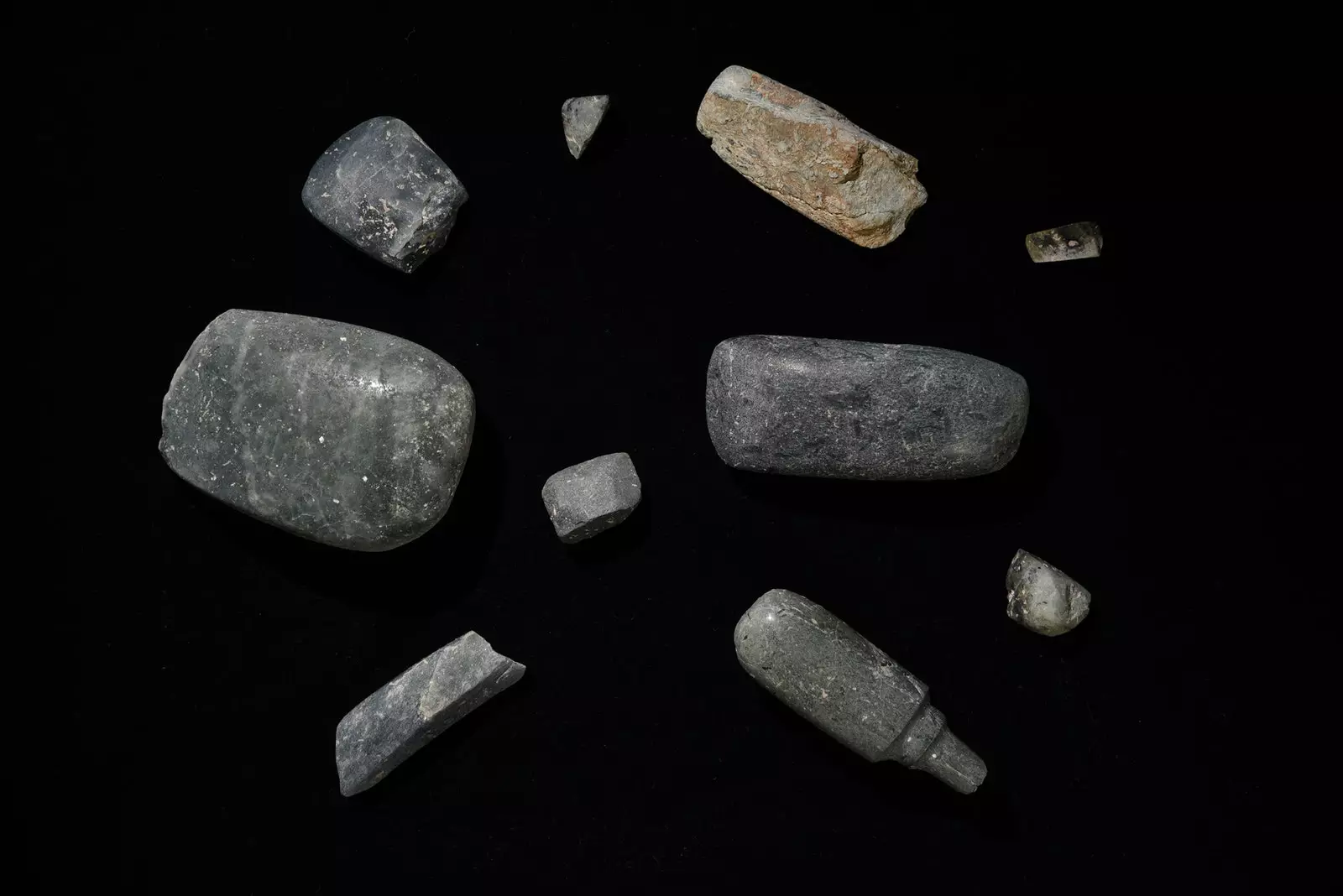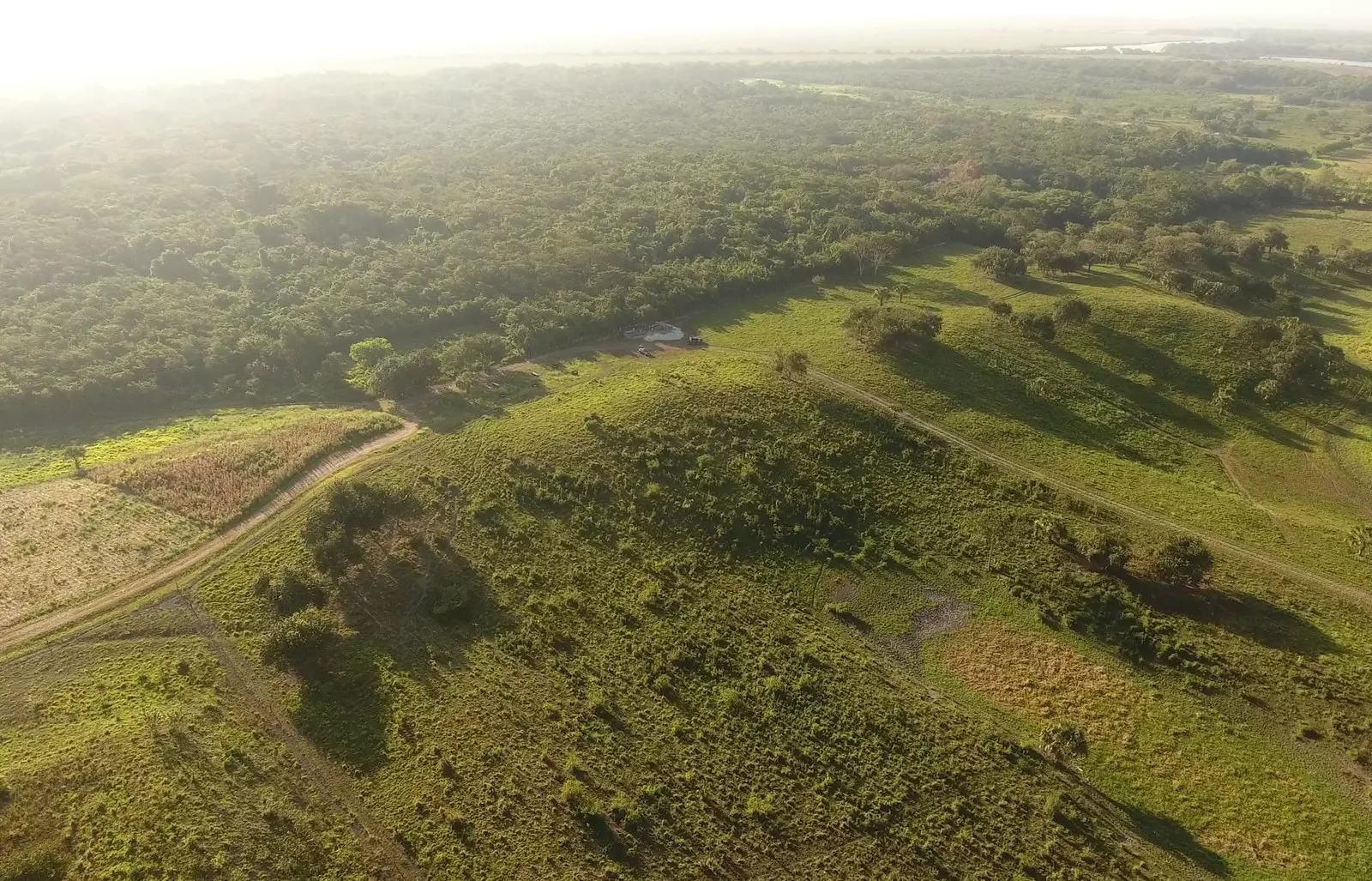
3D image of the largest and oldest Mayan structure in history
It's no secret that the Mayan civilization be one of the most enigmatic and dazzling pre-Hispanic cultures in history. We are talking about a society that has built pyramids, entire cities and countless temples in the ancient area of Mesoamerica, among which the Tulum ruins , Chichen Itza on the Peninsula of Yucatan or the Copán complex in Honduras.
Over the years, and discovery after discovery, the interest of the archaeologists to delve into the vestiges of the Mayan culture It has only worsened. That is why on this occasion their vocation has led them to run into one of the oldest mayan monuments and colossal seen to date, located in the region of Aguada Phoenix , Tabasco, Mexico.
As happened in the last excavations, the lidar technology (Detection and measurement of laser images) has had a great impact on the archaeological find of Aguada Fénix , having contributed to finding the temple of Angkor Wat in Cambodia or the Mayan ruins in Guatemala.
THIS IS THE OLDEST AND LARGEST MAYAN MONUMENT IN HISTORY
Excavations started in 2018 revealed a mayan construction stretching 1.4 kilometers from north to south and dating from approximately the period between 1,000 B.C. C. and 800 a. c.

Animal bones, vessels and ceramics were found in Aguada Fénix
Studies show that at least 3.2 million cubic meters of clay and earth were needed to erect the structure, considerably more than was used in famous pyramids built during the Maya Classic Period . At the same time, they reveal the importance of the work of the community in the initial development of the Mayan civilization.
On a natural elevation of Aguada Phoenix lies one Mayan ceremonial structure which they estimate has played a fundamental role in the cultural development of that period, becoming today the oldest monumental construction ever found and also the largest -about 10 to 15 meters high- in the city. prehispanic history region of.
Likewise, the project's excavations helped to find animal bones, precious stones, vessels and ceramics, which in fact are similar to those that were rescued from the archaeological site. Ceiba , located on the banks of the La Pasión river in Guatemala . However, they differ from those of La Venta or the Grijalva river region.
Although these objects fail to confirm that those who built the structures of Aguada Fénix spoke the Mayan language, it is speculated that they had a more pronounced cultural affinity with the lowland Maya than with the Olmec area.

Precious stones, other objects found in the excavations
According to the discoveries that have taken place in recent decades, archaeologists agreed that the development of Mayan civilization had been gradual, with small villages beginning to settle during the Middle Preclassic period , approximately between 1000 a. C. and 350 a. c.
However, this event demystifies and puts in check that conception that was held about culture: “This discovery shows that the development of the Mayan civilization was not gradual as we used to think. . There was significant development at first, but social inequality was still limited. People probably came together voluntarily and built the huge structure," he tells Traveler.es. Takeshi Inomata , responsible for the excavations.
Though Aguada Phoenix It has some similarities with the old Olmec center of San Lorenzo , the social inequality was probably lower compared to that of San Lorenzo and La Venta, given that sculptures belonging to the highest strata were not observed either. In fact, the only stone found so far in Aguada Phoenix is that of an animal.
From the project they hope to be able to continue next year with excavations in other regions, although it will depend on the situation of the pandemic. All artifacts found will be turned over to the government of Mexico and surely many of them will be exhibited in museums.

Aguada Fénix, the area of archaeological discoveries
